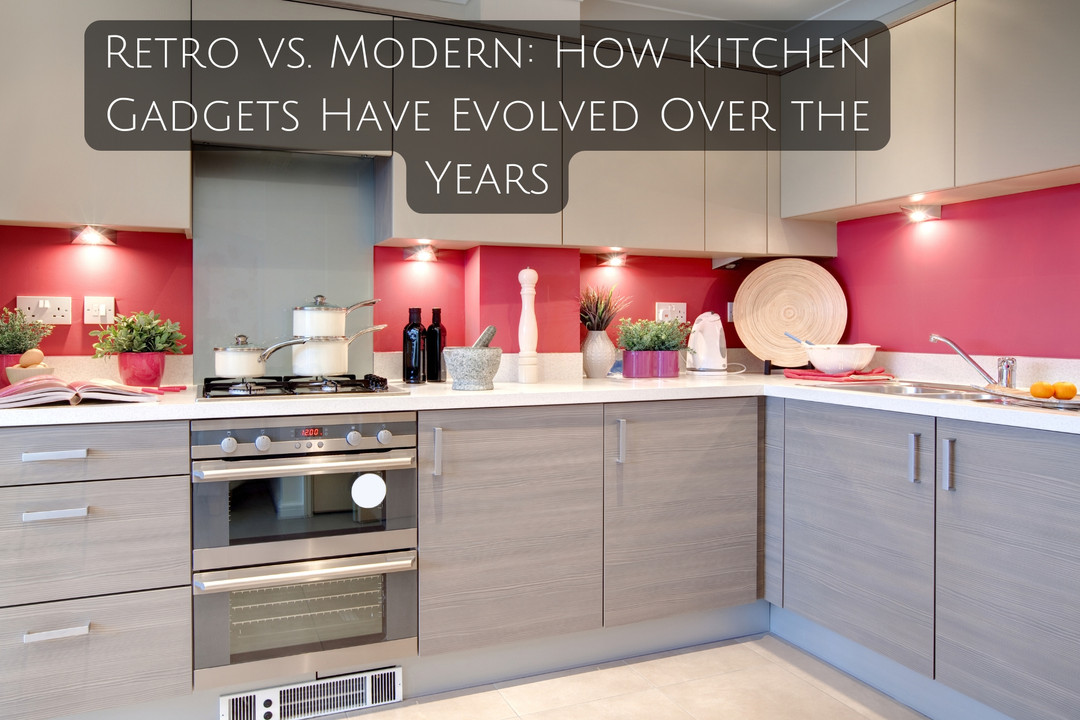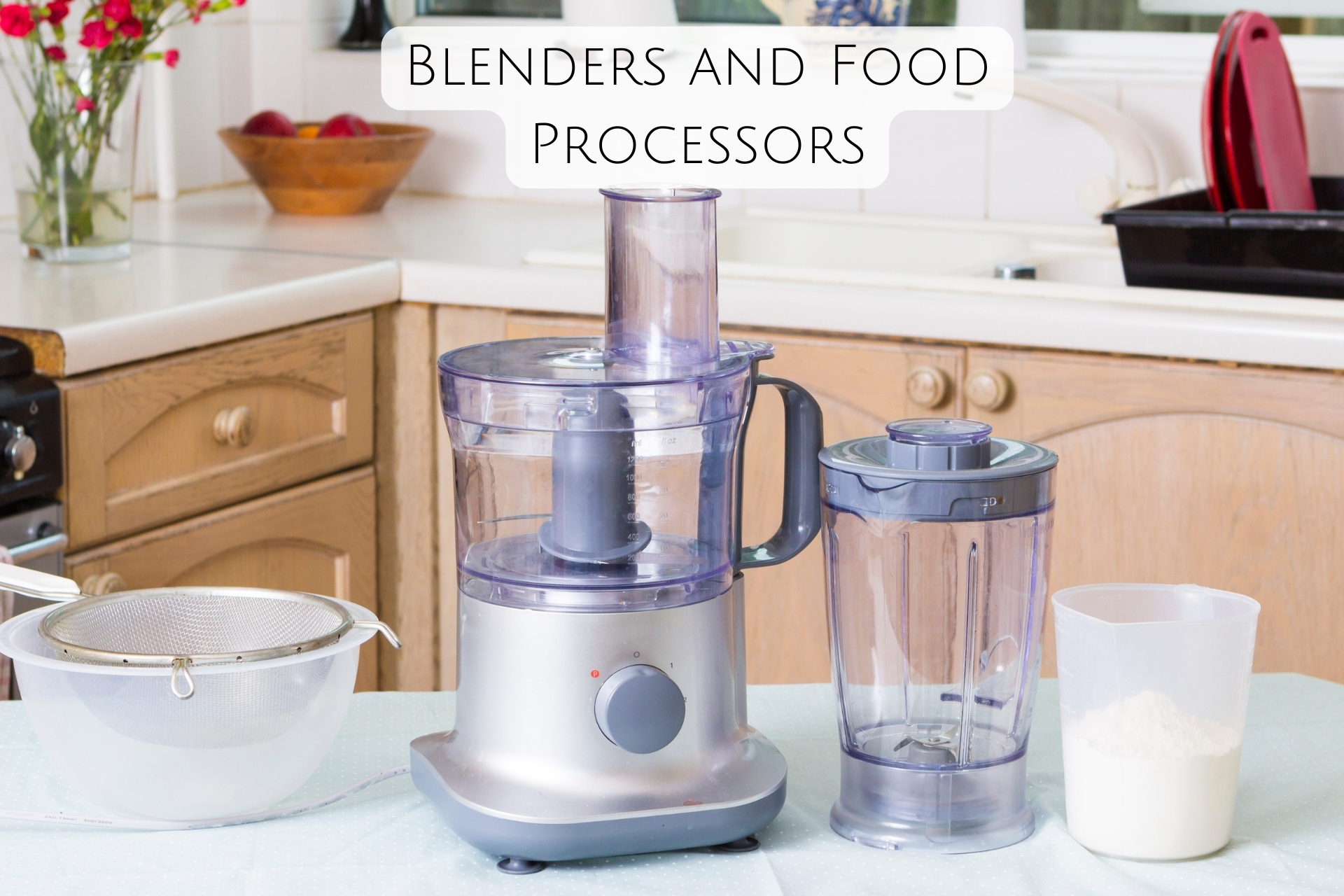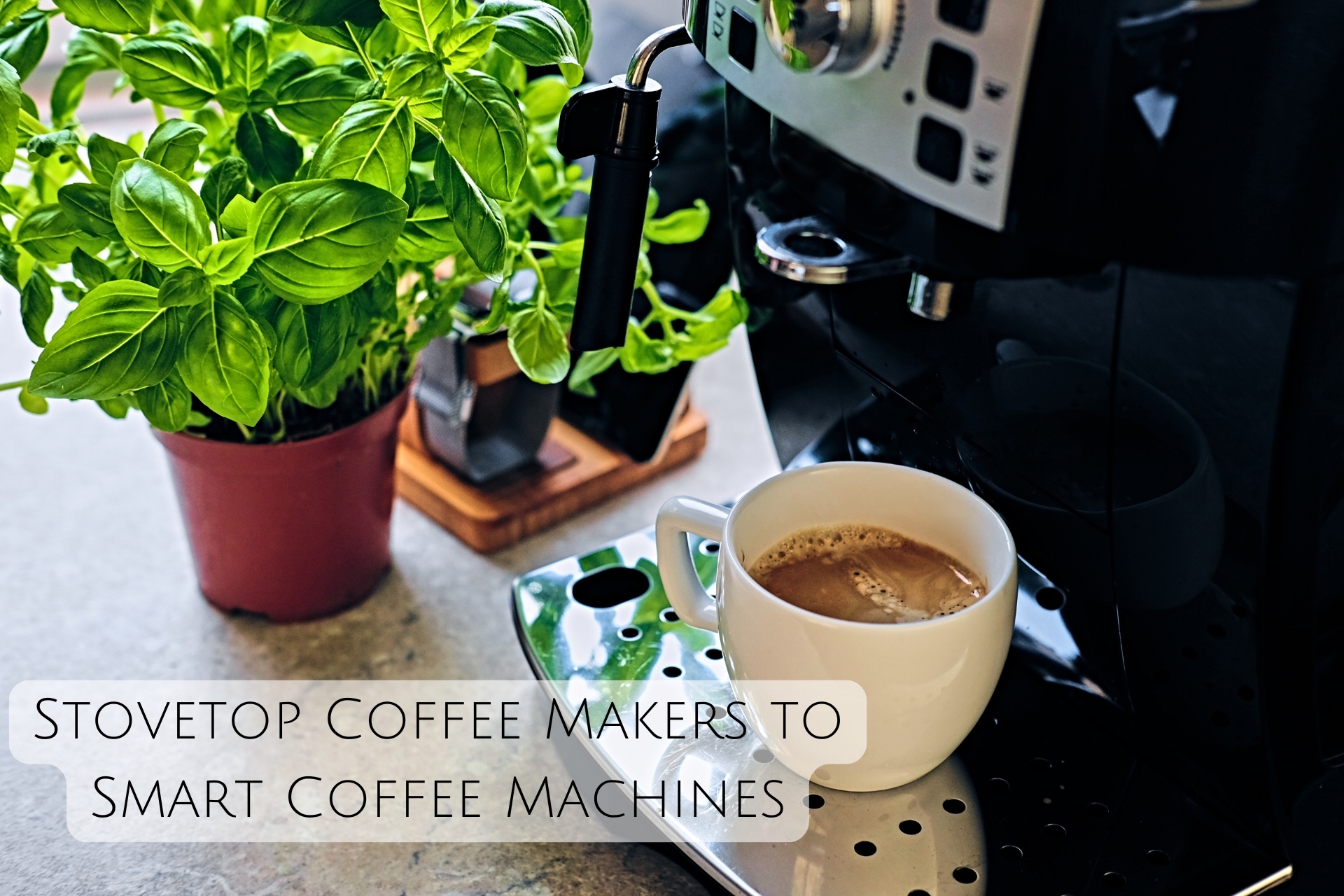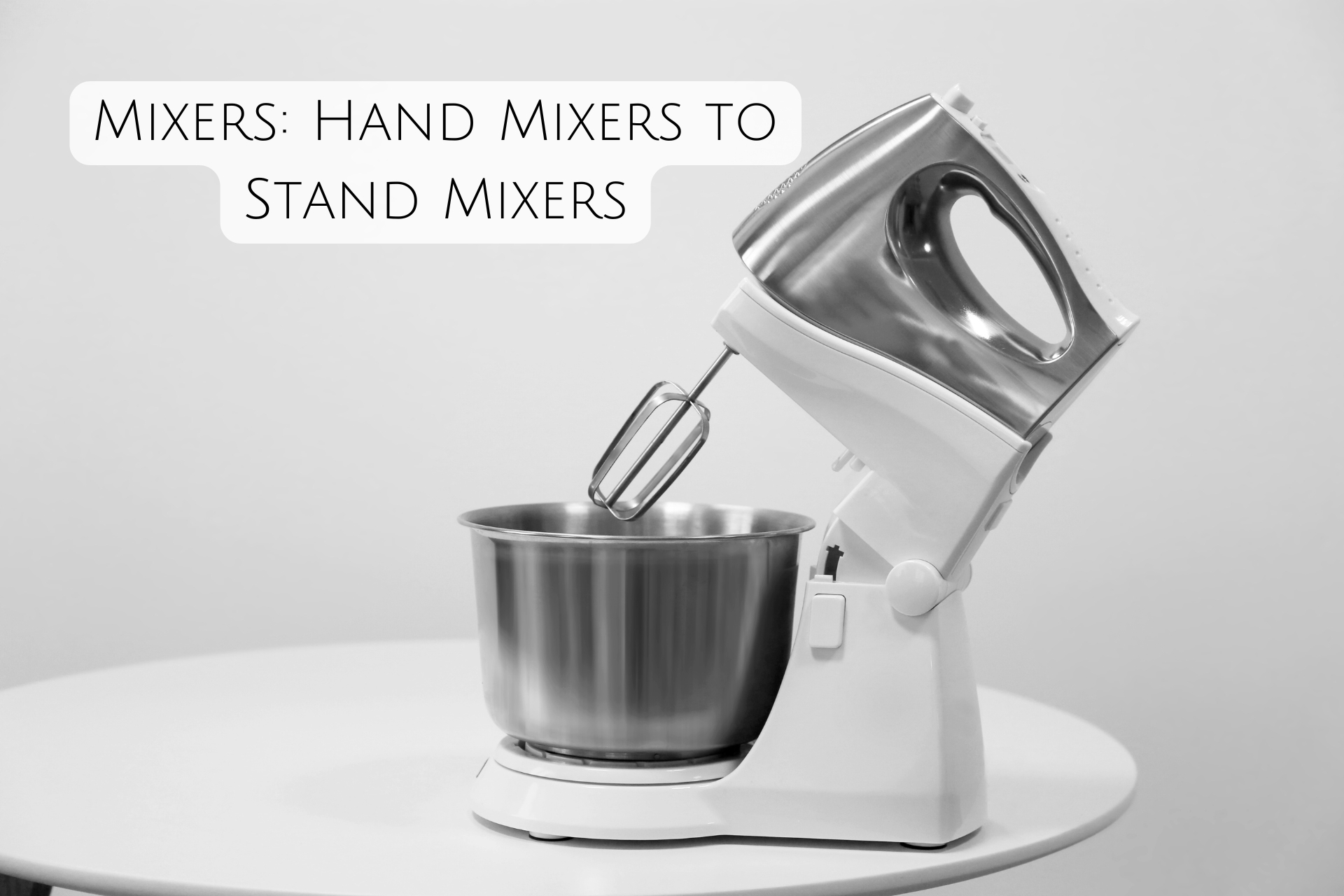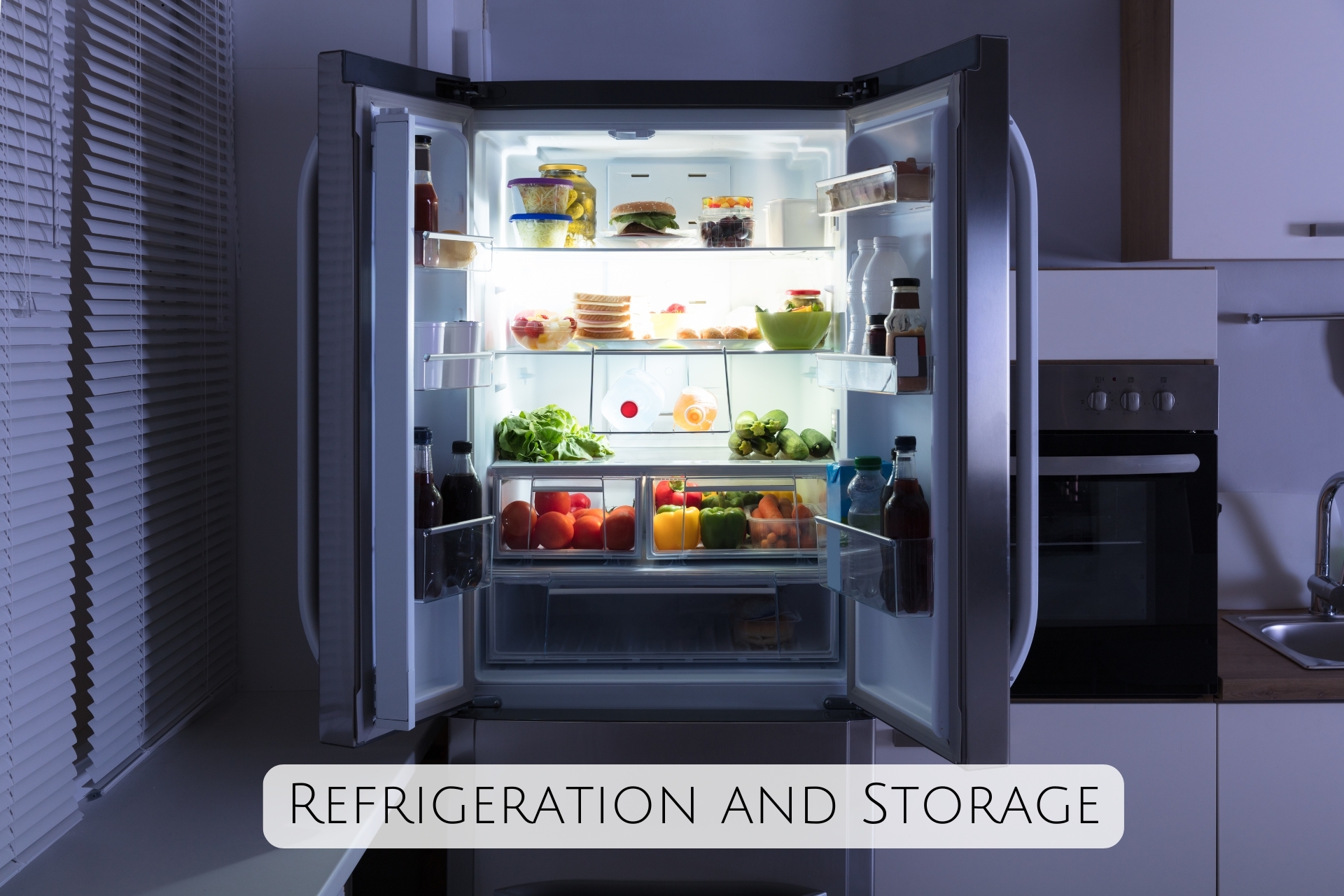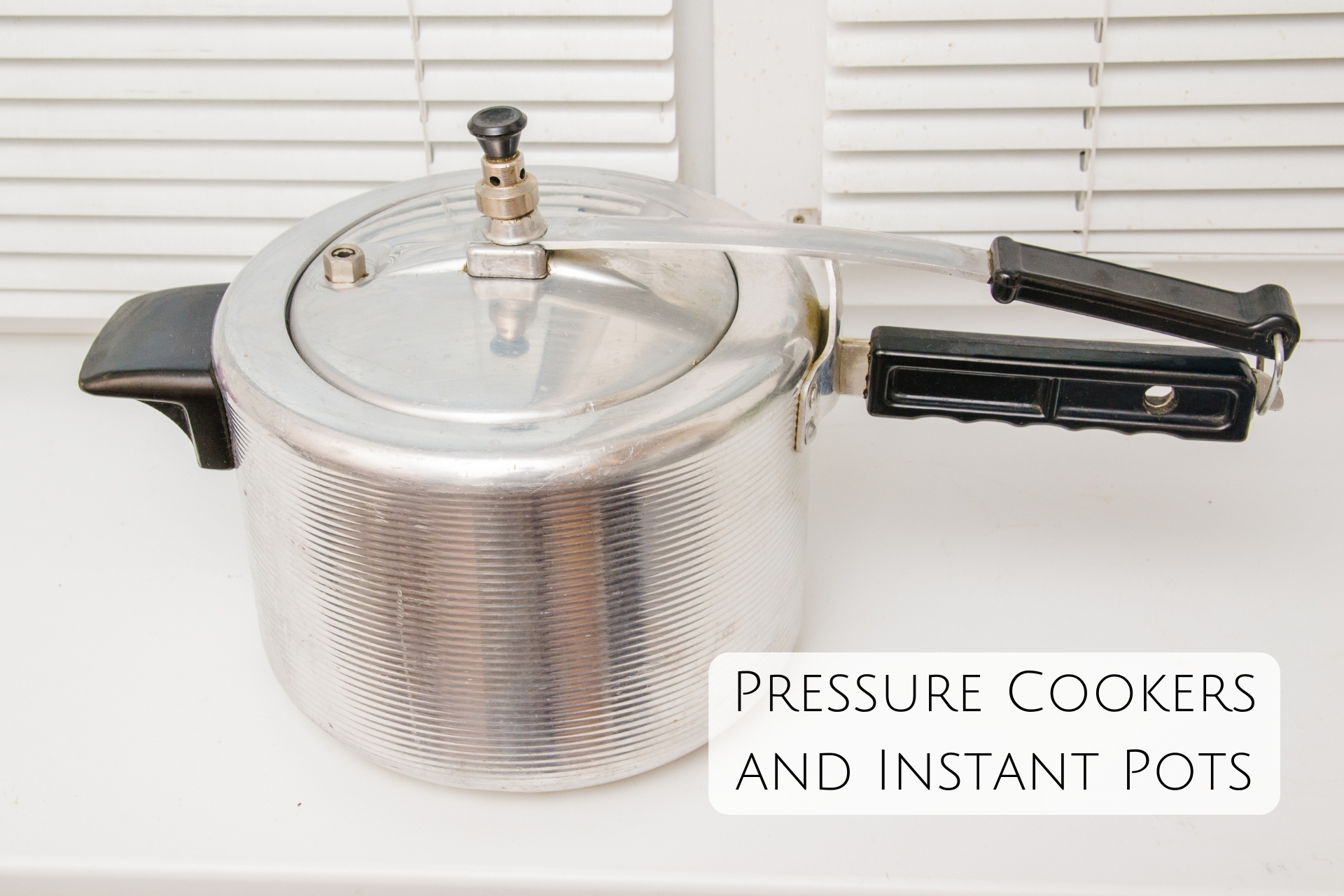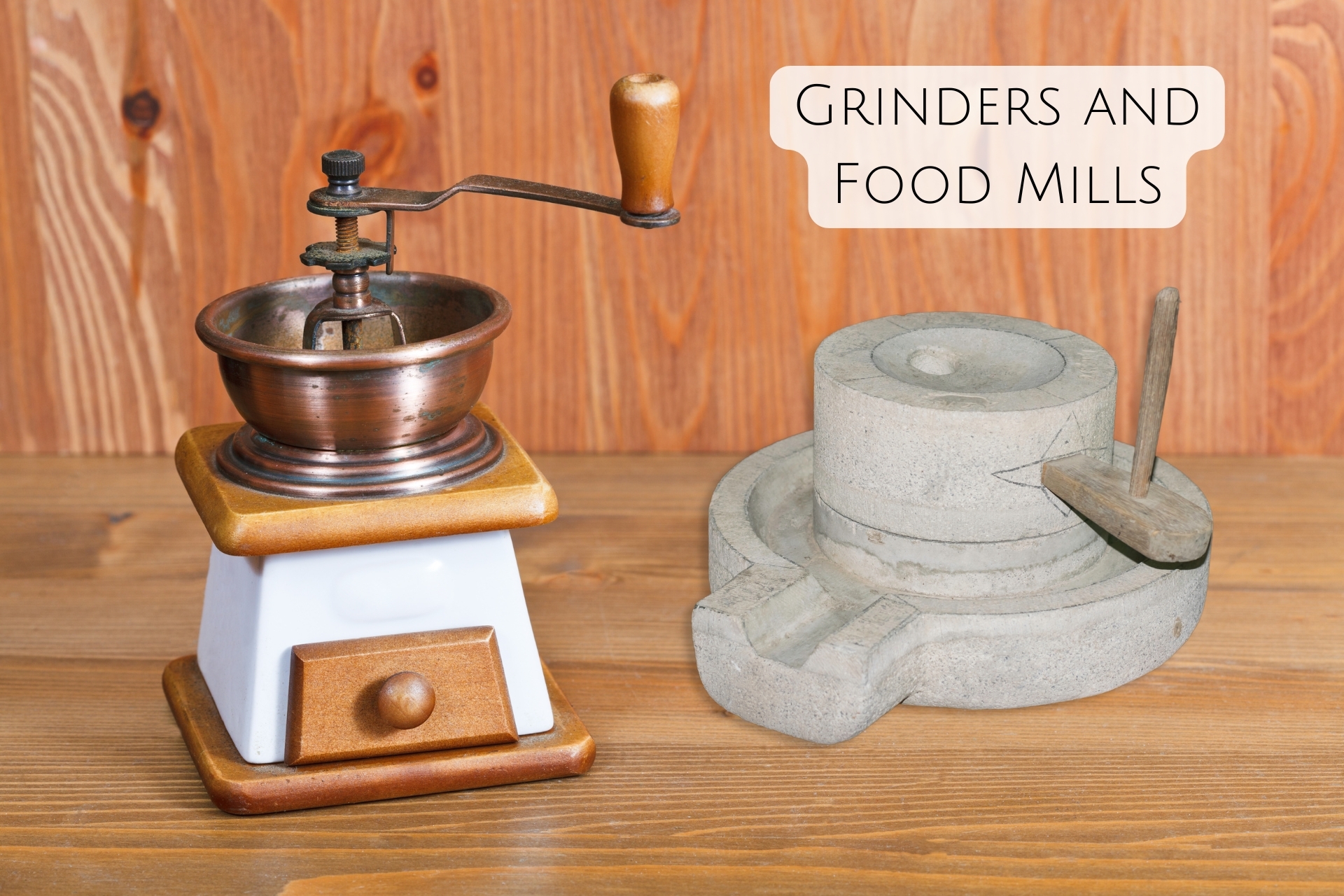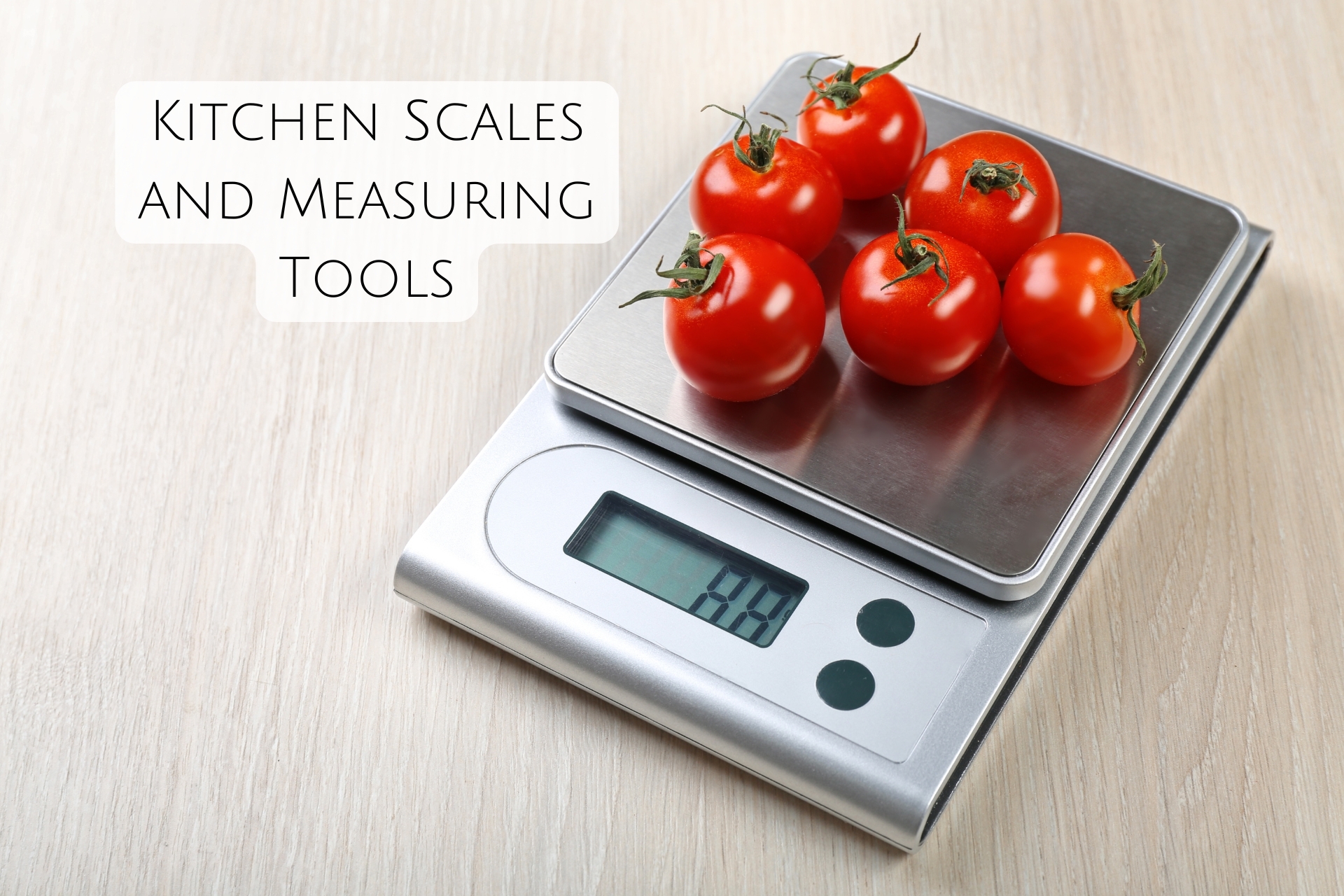Retro vs. Modern: How Kitchen Gadgets Have Evolved Over the Years
Kitchen gadgets have transformed dramatically over the years, reflecting advances in technology, evolving culinary trends, and changing lifestyles. From manual appliances in the 1950s to today’s sleek, automated devices, here’s a closer look at how some key kitchen tools have adapted and grown.
Blenders and Food Processors:
- Retro Blenders: Early blenders in the 1940s and 1950s had a simple design with basic functionality and one-speed settings, primarily used for making milkshakes and purees. With heavy glass jars and basic blades, they were durable but limited in versatility.
- Modern Blenders: Today’s blenders feature powerful motors, multiple speed options, and specialized blade technology for everything from smoothies to nut butters. High-speed blenders like Vitamix and Blendtec have variable controls and even smartphone connectivity, catering to a range of culinary needs.
Stovetop Coffee Makers to Smart Coffee Machines:
- Retro Coffee Makers: Percolators and stovetop espresso makers were common in the early 20th century. They required attention and were more hands-on, appealing to coffee enthusiasts.
- Modern Coffee Makers: From automatic drip machines to single-serve pods, coffee machines have become increasingly automated. Some modern machines, like the Breville and Jura, have app-based controls, grind-and-brew features, and customizable settings that can replicate coffee shop quality at home.
The Evolution of Toasters:
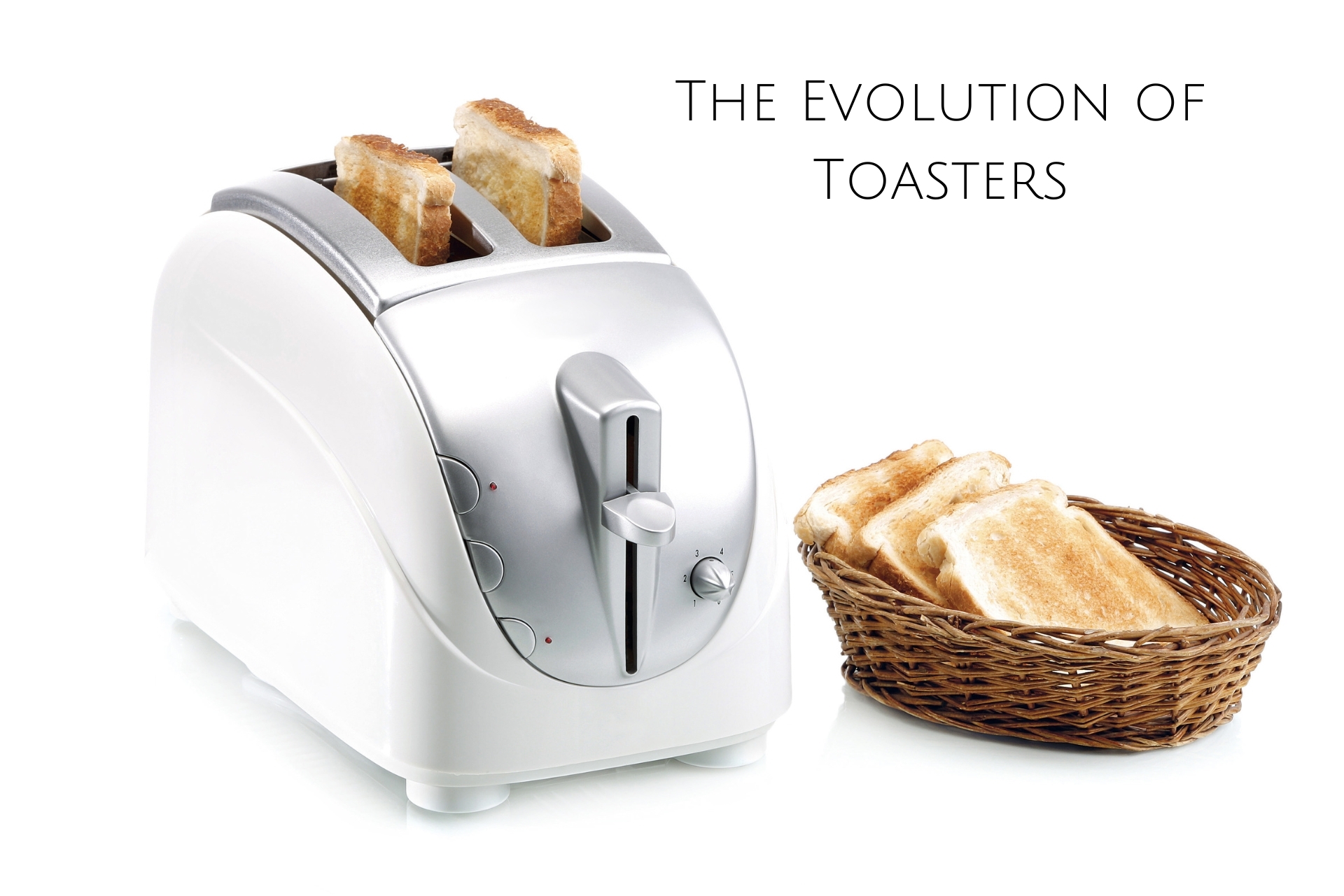
- Retro Toasters: Early electric toasters were bulky and basic, with manually-operated slots that required flipping the bread.
- Modern Toasters: Today, toasters come in sleek designs with automatic pop-up features, customizable toasting levels, and settings for bagels, defrosting, and even reheating. High-end models have smart features and touch screens that provide a personalized toasting experience.
Mixers: Hand Mixers to Stand Mixers:
- Retro Mixers: Hand mixers in the mid-20th century were simple, often heavy, and lacked power but were essential for mixing batters and whipping ingredients.
- Modern Mixers: Stand mixers like the KitchenAid offer multiple attachments for tasks like kneading dough, grinding meat, and making pasta. Today’s models are powerful, efficient, and multifunctional, reducing the need for many individual gadgets.
Refrigeration and Storage:
- Retro Refrigerators: Refrigerators from the 1940s to the 1970s were smaller, with single doors, small freezers, and often no energy efficiency.
- Modern Refrigerators: Today, refrigerators are spacious with multi-door designs, temperature-controlled drawers, and smart technology. High-end models can track food items, alert you to expiration dates, and even let you peek inside without opening the door, thanks to built-in cameras.
Pressure Cookers and Instant Pots:
- Retro Pressure Cookers: Traditional stovetop pressure cookers were popular in the 1950s for quick, energy-efficient cooking but required experience and attention to safety.
- Modern Pressure Cookers: The Instant Pot, launched in 2010, revolutionized pressure cooking by adding digital controls, preset programs, and safety features. This multifunctional appliance can pressure cook, slow cook, steam, sauté, and more, catering to various cooking styles and dietary needs.
Air Fryers and Convection Ovens:
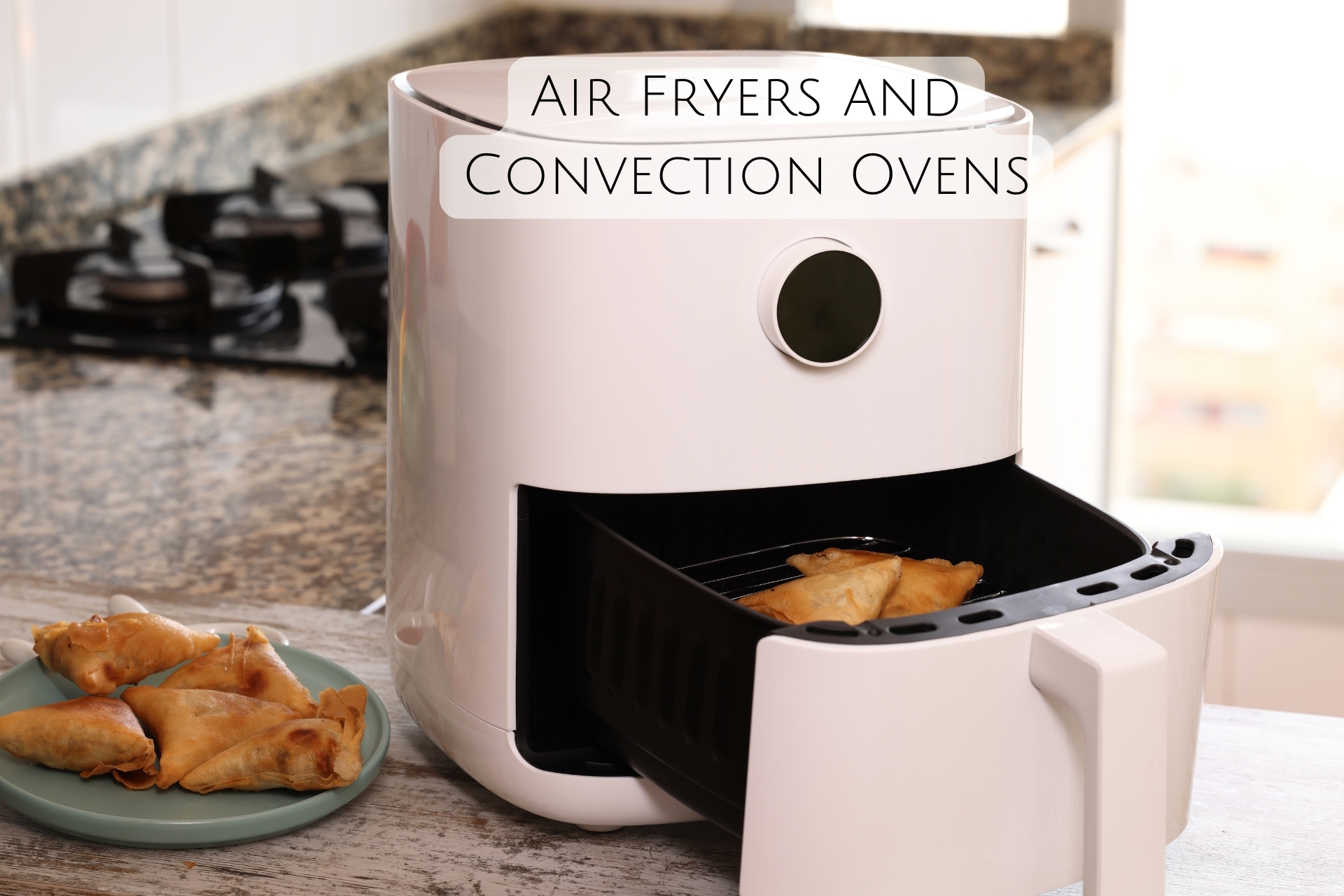
- Retro Deep Fryers: Frying used to require deep pots filled with oil and often resulted in messy, greasy cooking.
- Modern Air Fryers: Air fryers, now a popular kitchen staple, use convection technology to create crispy textures with minimal oil, appealing to health-conscious cooks. Air fryers now come with multiple functions, from roasting to dehydrating, making them a versatile addition to the modern kitchen.
Grinders and Food Mills:
- Retro Grinders: Hand-cranked grinders and food mills were essential in traditional kitchens for grinding meat, spices, or grains.
- Modern Electric Grinders: Today’s electric grinders and processors allow precise control, faster grinding, and consistent results. They are used for spices, coffee, and even grains, and many models come with adjustable settings for coarseness.
Microwaves: A True Modern Invention:
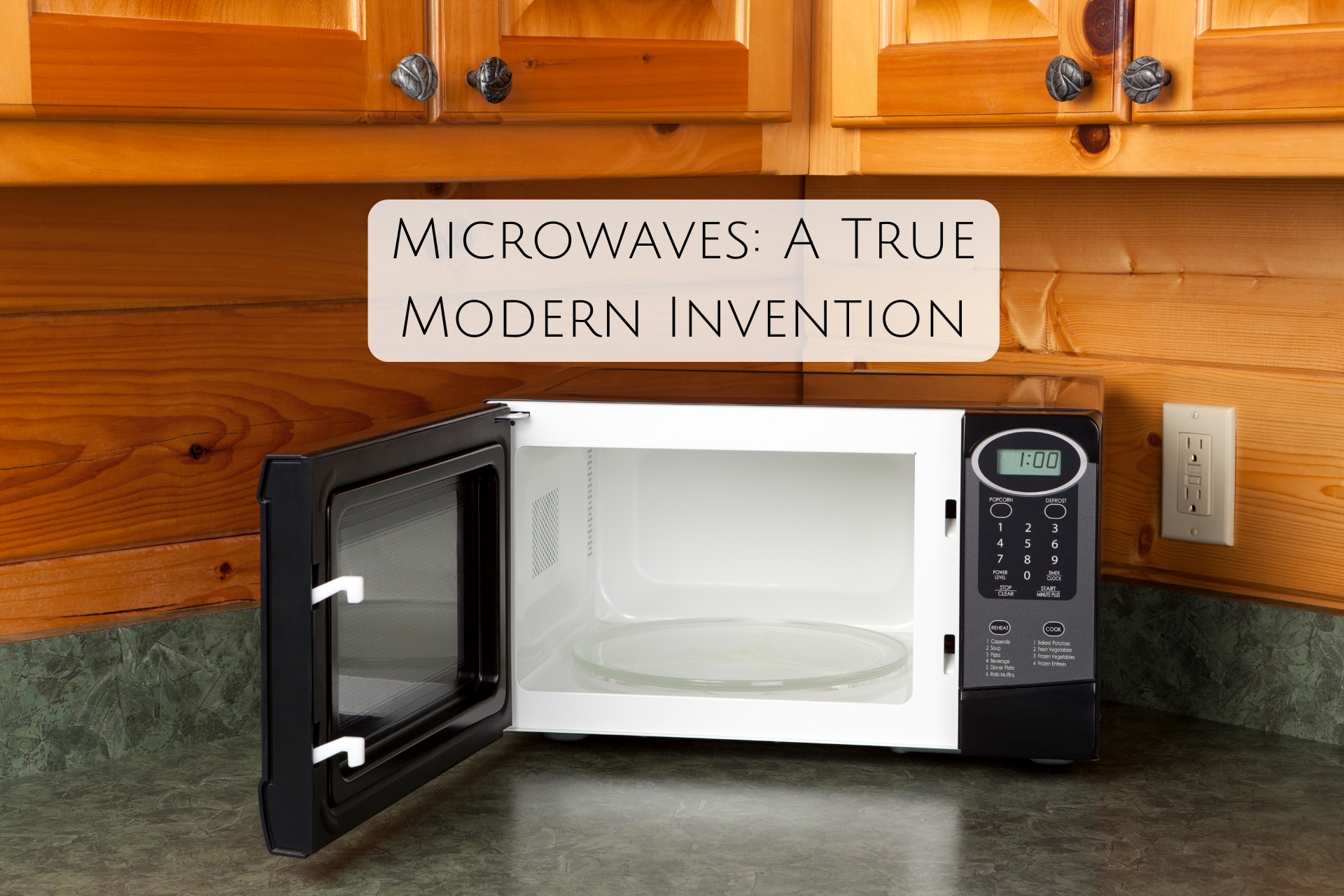
- Early Microwaves: Introduced in the 1960s, microwaves were initially large and expensive, primarily used for reheating.
- Modern Microwaves: Now, microwaves are essential in most homes, with features like inverter technology, convection heating, and even grilling options, making them versatile for quick cooking and defrosting.
Kitchen Scales and Measuring Tools:
- Retro Scales: Analog scales required careful balancing and manual calibration.
- Modern Digital Scales: Digital scales now provide precise measurements in various units, with sleek designs, tare functions, and built-in nutritional data, making it easier for home chefs to follow recipes accurately.
Conclusion:
The evolution from retro to modern kitchen gadgets shows how far cooking technology has come. Where manual labor and simple mechanics once defined kitchen tools, today’s gadgets are marked by automation, digital technology, and multi-functionality, making cooking more accessible and efficient. This transformation of tools has opened the door to endless culinary possibilities, making it easier than ever to create complex recipes, enjoy healthier meals, and experiment with new flavors.
Latest Blogs
Traveling with Your Dog: Essential Supplies for Safe Adventures
Traveling with your dog can be an incredibly rewarding experience, whether you’re heading to a new c...
Understanding Blade Angles: How They Affect Performance and Usage
Blade angle, often referred to as "bevel angle," plays a critical role in the efficiency and versati...
The Best Power Tools for Home Renovation: A Comprehensive Guide
Embarking on a home renovation project is exciting, but it’s also a big undertaking that requires th...
Tech in the Garden: The Rise of Smart Gardening Tools
Gardening has traditionally been a relaxing, nature-centric hobby, but with recent advancements in t...
Tech in the Garden: The Rise of Smart Gardening Tools
Gardening has traditionally been a relaxing, nature-centric hobby, but with recent advancements in t...
Security Lighting and Motion Detectors: An Underrated Defense Mechanism
When it comes to home security, many people focus on locks, alarms, and surveillance cameras. Howeve...

